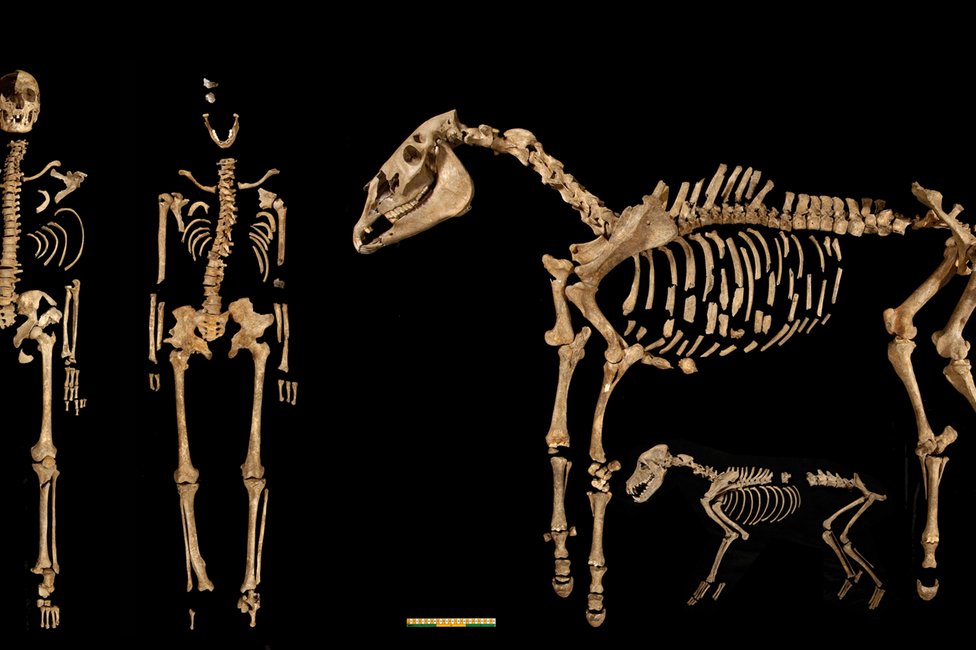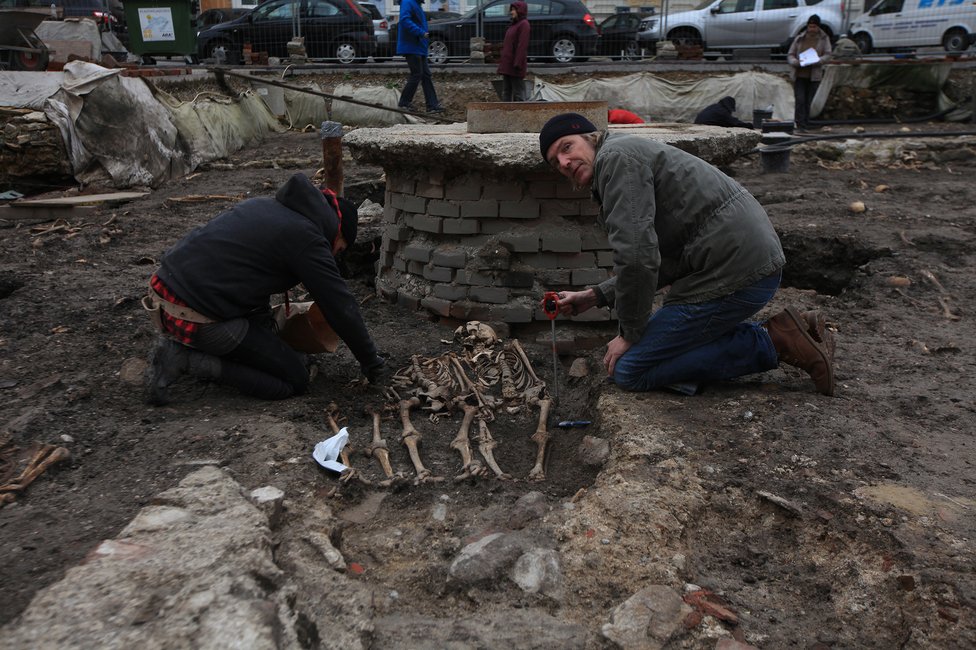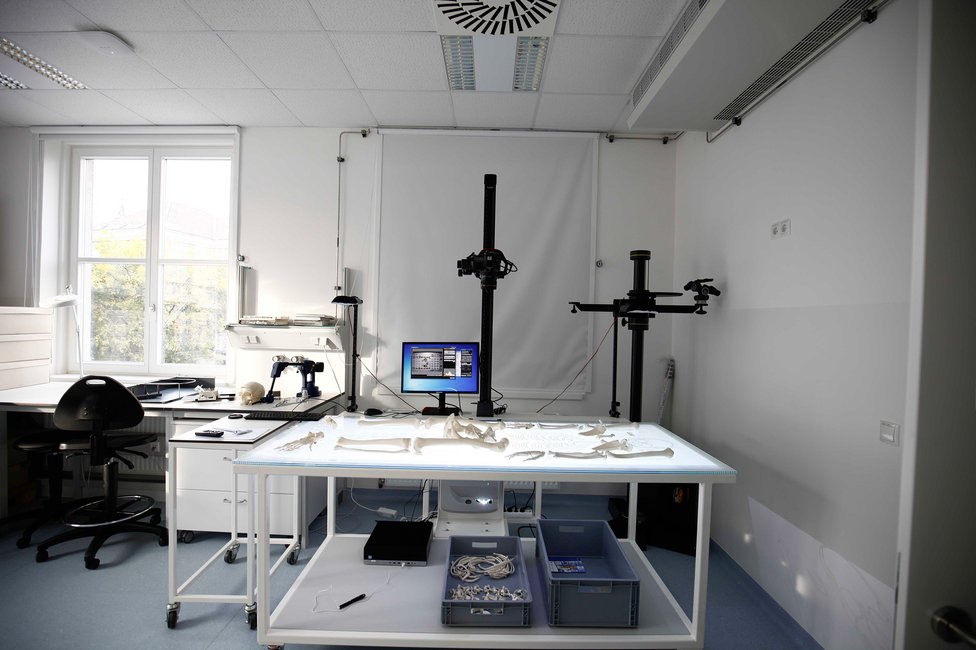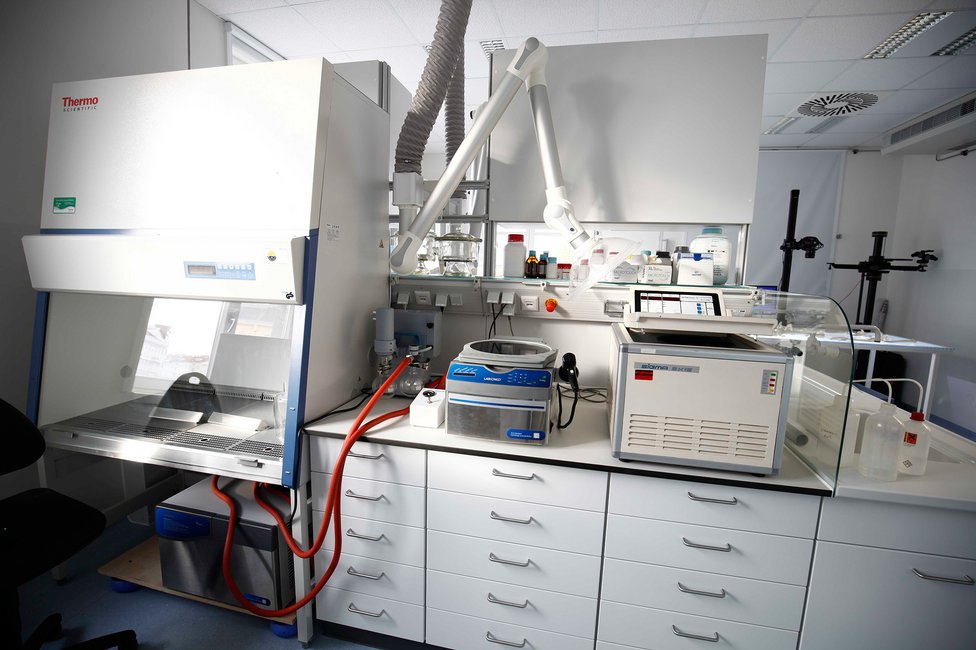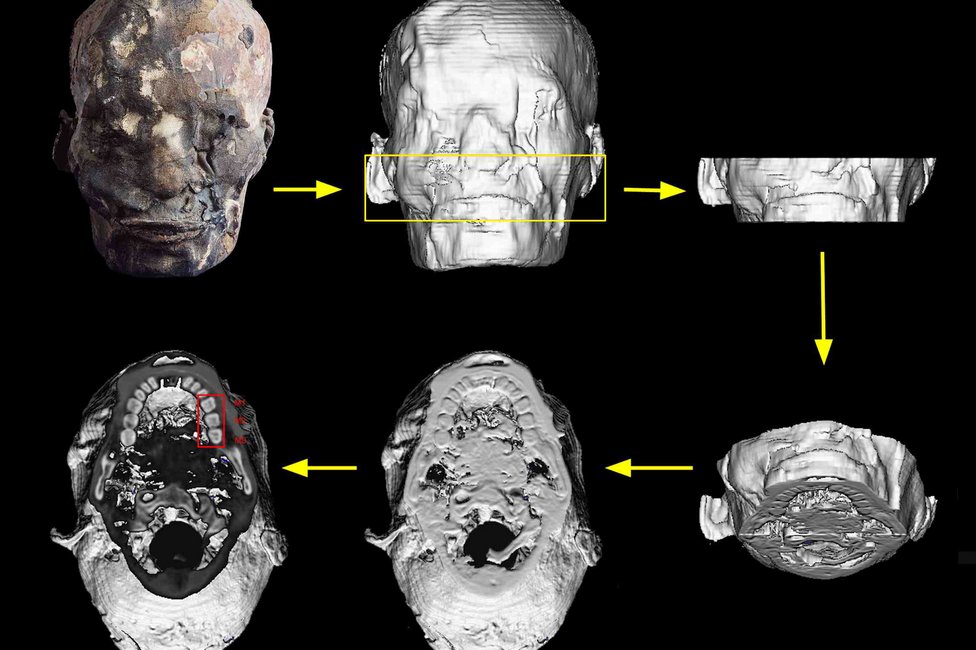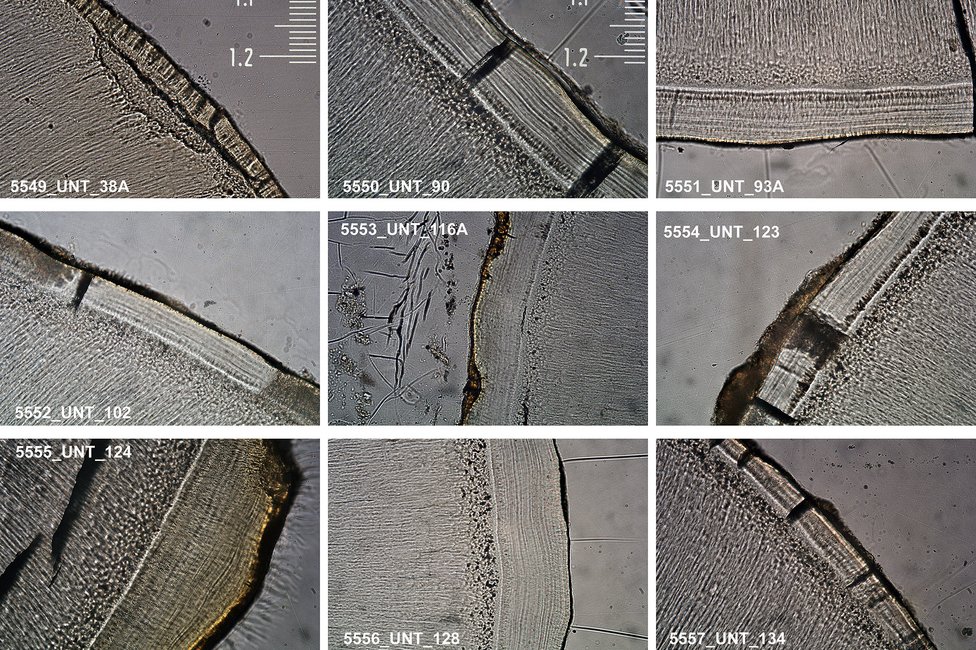In the field of forensics, anthropology as the "science of man" provides foundations for the systematic further development of the repertoire of methods through interdisciplinary research.
Since in physical anthropology is concerned with the recording and assessment of individual or group-specific human characteristics and the estimation of their variability and frequency is a central component, the focus of activity here is on the identification of living and deceased persons.
The following anthropological procedures are usually applied to the discovery of questionable bone and skeletal remains and to the anthropological supervision of archaeological excavations.
The first step is to assist in the recovery, to determine whether the finds are of human or non-human origin, and to define as precisely as possible the time period in which the body was found (post-mortem interval).
In the subsequent identification process follows the determination of the minimum number of individuals in the convolute, the establishment of biological profiles (age, sex, body measurements). This is followed by the survey of intravital features, such as healed injuries and diseases that have left traces on bones or teeth.
Finally, possible impairments to physical integrity, i.e. cause of death, and post-mortem aliteratins to the human remains are investigated.
If desired, soft tissue reconstructions of the face based on the skull and origin analyses based on isotope signatures in bones and teeth are also performed in cooperation.
In the context of criminal or civil proceedings, the question of identity sometimes arises, for example, in the case of the living: Is person XY identical to the:perpetrator:in or victim? Do the traces belong to the perpetrator or the victim? To answer this question, forensic anthropology compares various physical and non-physical characteristics (e.g. morphology of the face or other parts of the body, fingerprints, DNA) depending on the evidence; if there are discrepancies, a person can be excluded as the perpetrator or victim. If there are no discrepancies, it may be posstible to give a measure of probability with which the person can be considered in relation to the population as a whole.
Research fields in the fields of forensics and bioarchaeology
The goal is the continuous expansion of the spectrum of methods for the study of the osteological and somatic physical constitution and the physical characteristics of humans, supported by national and international collaborations:
- Identification and identity
- Traces of interpersonal conflicts
- Growth, temporal variability, and demographic change
- Taphonomy and postmortem interval
Research Resources
- Anthropological laboratory (incl. hard tissue histology and chemical sample preparation)
- Historical specimen collection of the ZGM
- Archaeological skeleton collections (> 22,000 individuals)


